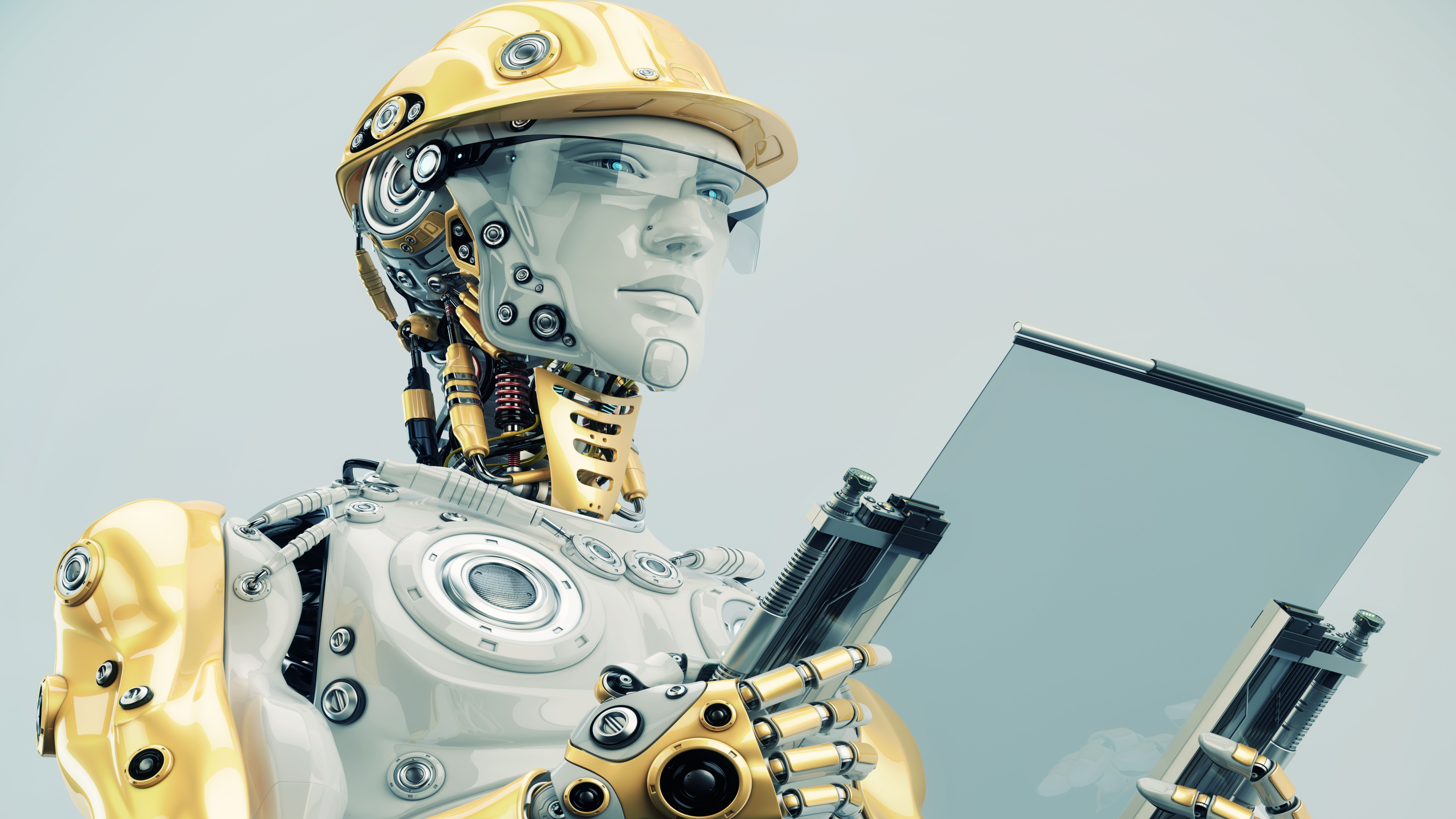Developers have swarmed ChatGPT in its booming popularity, finding innovative and exciting ways to not only integrate the bot into their projects in new ways but tweaking the chatbot to make the most out of it.
Now, they’re building ways to automate ChatGPT prompts to encourage the tool to perform autonomous tasks, taking the weight off users consistently having to guide the bot while using it for work.
Auto-GPT is an open-source application developed by Toran Bruce Richards on GitHub that automates prompts for GPT-4 (the latest version of the powerful ChatGPT AI bot). With the application, users can put in a list of tasks, rather than a single task at a time, that they want to be completed and Auto-GPT ‘talks’ to ChatGPT to generate prompts by itself and finish the various interwoven tasks. It produces its own ‘subtasks’ in order to help complete the stated tasks.
It sounds a little tricky at first, but if you use ChatGPT often – whether directly from the OpenAI website or through Microsoft Bing – or any of the alternative chatbots (like Google Bard) then you’ll know that it can be a lengthy process just to get a single task done. If you’re coding or using the bot for technical assistance, you have to continuously feed it tasks individually and keep track of responses, correct where needed and even restart when things go south.
But don’t worry: Auto-GPT writes prompts for the AI, for you! You don’t need to consistently direct the chatbot to get your desired output; it gives ChatGPT the prompts for you and then checks that the output follows through.
As it stands, you’ll need to have some basic coding knowledge to use Auto-GPT, as you’ll need to connect with the OpenAI application programming interface (API) – though with the overwhelming demand, there will no doubt be dozens of similar programs popping up in no time, some of which will (hopefully!) be more accessible.
Who, what and where?
The applications for a program like this are almost endless. ChatGPT is a technology that can produce content on demand to meet most criteria, and it doesn’t need to eat or sleep. It’s an endless bank of information, and with Auto-GPT, the chatbot gains the gift of self-evaluation.
AutoGPT grants the AI the ability to not only be given a large, complex task by the user, internalizing and deconstructing the smaller tasks needed but also keep tabs on the output and corrects where needed. This means that ChatGPT could become essentially self-sufficient after the user’s initial prompt. That’s scary.
Auto-GPT will note if data is inaccurate, relaunch a stack of tasks or prompt to get better data and read and write files. As it has memory, it will catalog completed tasks and understand when additional action is needed.
The applications are endless. It could auto-respond to emails or curate complex to-do lists for small businesses, act as a supercharged customer service chat for websites, or an intelligent directory for people visiting sites and requiring more information.
For example, if Auto-GPT was being used by a museum, guests could talk to the bot about the exhibits right now but also create bookings, ask for up-to-date itineraries, curate day-long plans and packages, and respond to any issues.
We have a problem
The problem with this kind of self-sufficient technology is that Auto-GPT is likely to focus on the task at hand, at that moment, and no further. If you were using Auto-GPT in a customer service set-up, and it was operating on its own without proper human oversight, it could provide a customer with a solution or answer to their query in the short-term, but it might use shortcuts that a human would know to avoid.
If you want to find out how to return a package, the bot may tell a customer to just drop it at the local post office – not considering whether there may be a holiday which means the post office isn’t using its normal opening outs, whether the specific return is valid under company terms and conditions, or even whether or not the customer is asking to return a product from that specific company.
Or you could ask it to solve a problem in your code for an application or game design, and it may solve the problem in that isolated section of code, but fail to consider how that now edited or curated section may fit into the rest of the project, potentially resulting in the dreaded ‘spaghetti code’.
The main problem is the lack of human interaction. It’s all well and good to have a fully automated process, but in giving everything over to the bot you only really know what and how it’s gone about tasks after it’s completed. It will always find the quickest way to a solution. It’s not planning for what could happen in the future, but rather just what’s happening in the now – and that lack of foresight could be tricky to navigate if we jump straight in.





